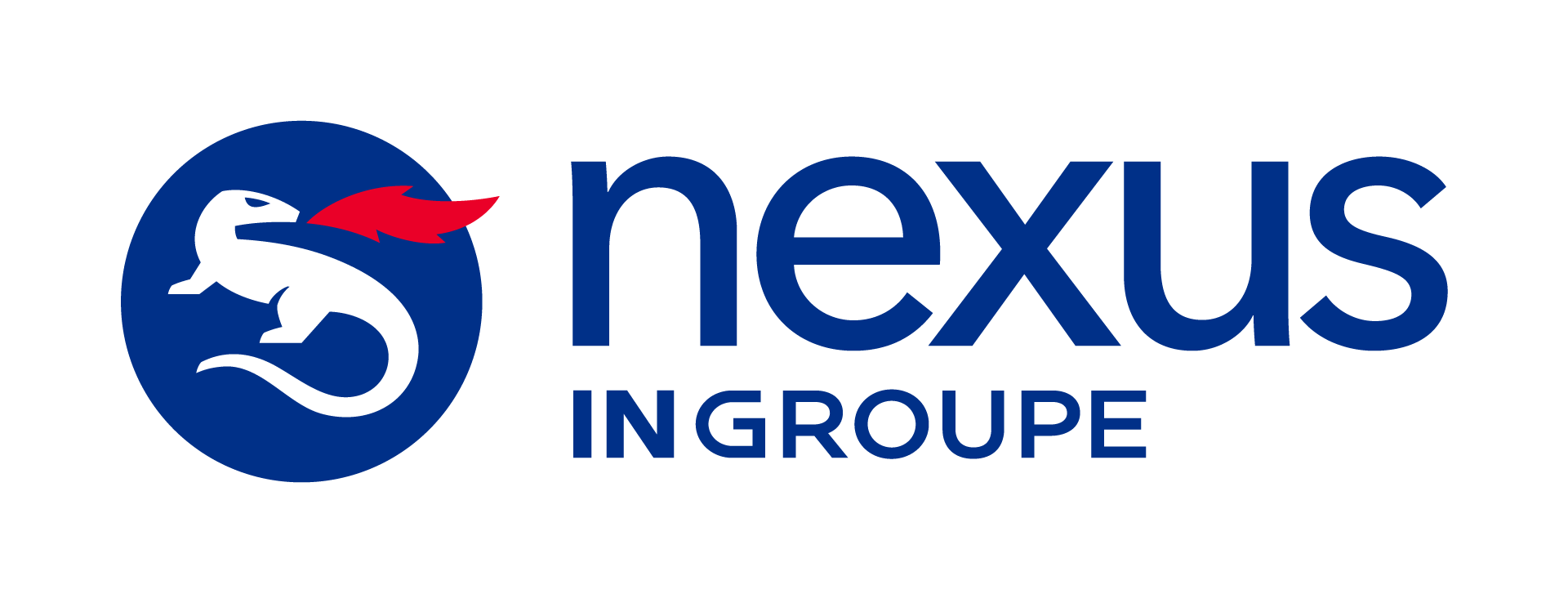Ooops
The page you are looking for does not exist or has been renamed. Visit https://doc.nexusid06.se/id06/ or Nexus Documentation to search for the specific page.
ID06 documentation
https://doc.nexusid06.se/id06/

Nexus documentation

The page you are looking for does not exist or has been renamed. Visit https://doc.nexusid06.se/id06/ or Nexus Documentation to search for the specific page.
https://doc.nexusid06.se/id06/

